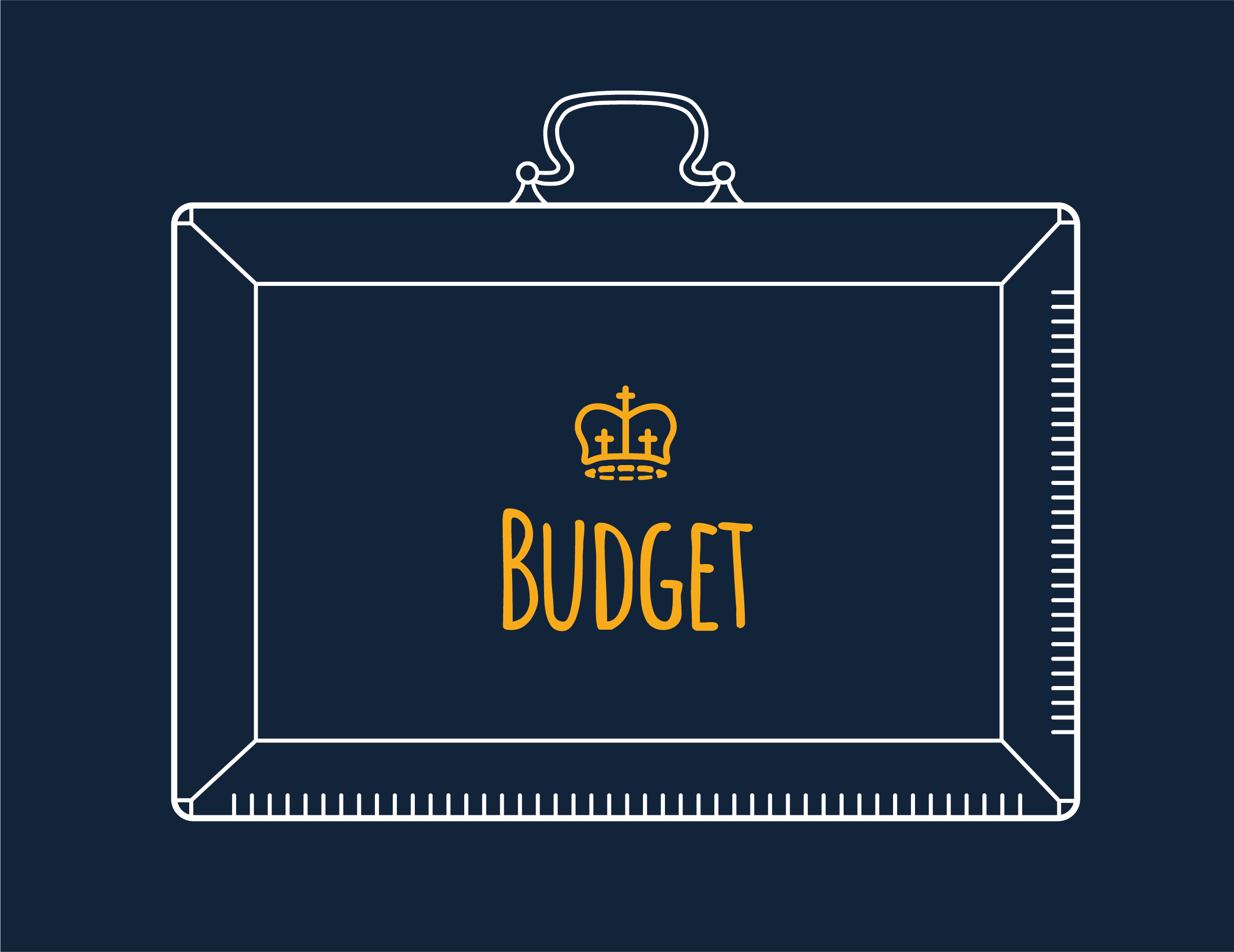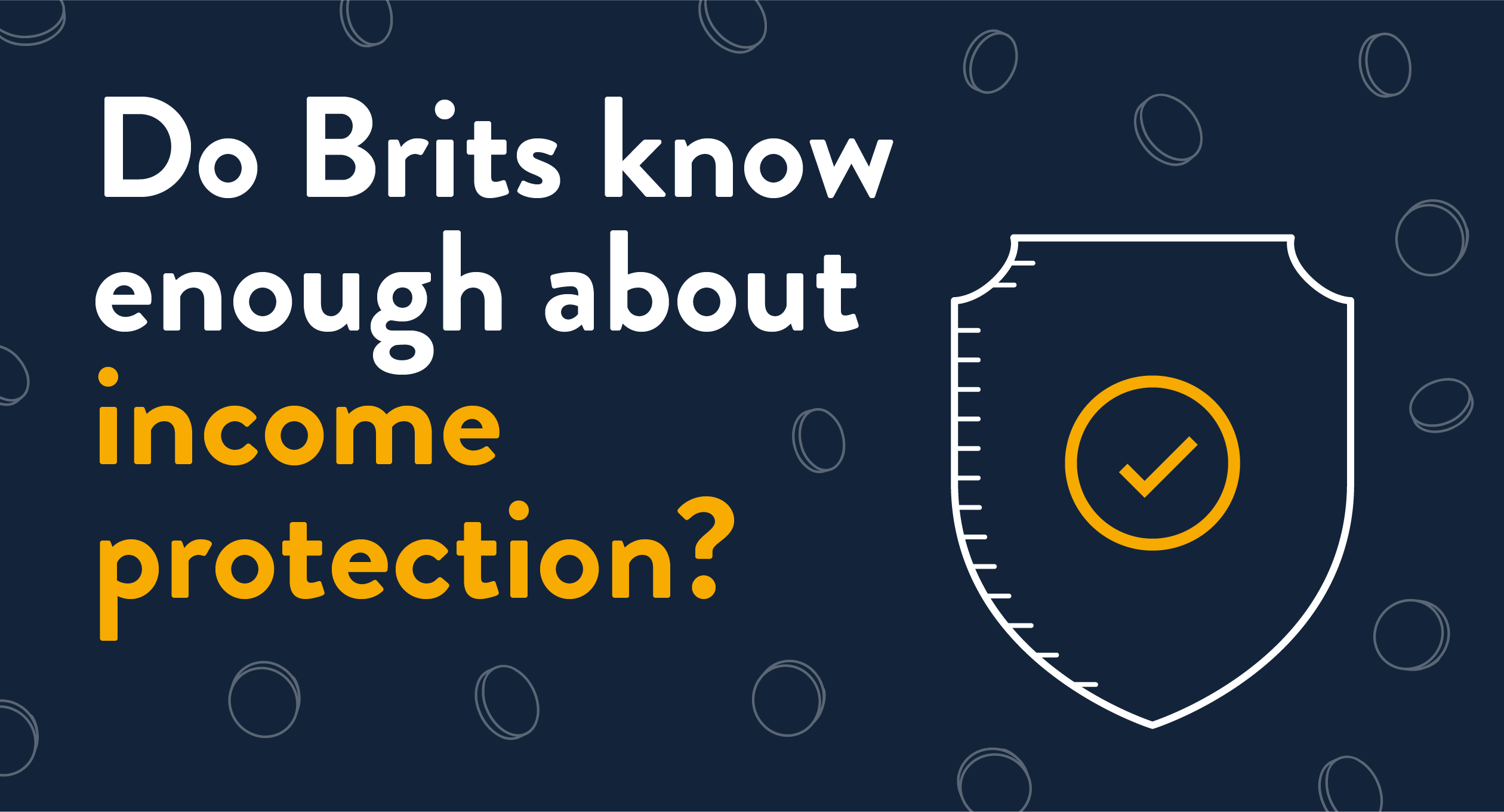
A Junior ISA is a great way to save for your child’s future. But what if you’ve found a new provider you like better, or want to change how the money is invested?
This guide will explain everything you need to know about Junior ISA transfers. We will show you why you might want to switch providers, with a simple step-by-step guide to do it correctly.
What is a Junior ISA?
A Junior ISA (JISA) is a long-term, tax-efficient account for children under 18. The account must be opened by the child’s parent or legal guardian, but anyone can pay into it.
The money belongs to the child from when the account is open. Then, when they turn 18 it can be withdrawn or reinvested into an adult ISA.
You can have two types of Junior ISA accounts for your child:
- Cash Junior ISA: This works like a normal savings account, with interest paid on the money you save.
- Stocks and shares Junior ISA: Your money is invested in things like company shares and bonds. This can offer a chance for bigger growth over time, but the value can also go down with market changes.
You can only have one of each type of Junior ISA for a child.
Find out whether Junior ISAs are worth it for your family.
Why you might want to transfer a Junior ISA and factors to consider
People transfer a Junior ISA for different reasons. It’s often to help their child’s money grow more.
You might want to transfer a Junior ISA to another provider that has:
- Better interest rates for a cash ISA.
- Better performance or funds for a stocks and shares ISA.
- Lower fees, as this can affect how much your child’s funds grow over time.
- A different type of account. For example, you might want to move money from a cash Junior ISA to a stocks and shares Junior ISA to aim for better long-term growth.
Remember: Transferring a Junior ISA is free and won’t count towards your child’s annual ISA allowance if done through the new provider.
A step-by-step guide to transfer a Junior ISA
Whilst withdrawals from Junior ISA transfer are limited to exceptional circumstances, you can transfer your child’s ISA in full to a different provider.
The entire balance must be transferred and the old account closed. It’s safe and simple to do if you follow the correct process.
Remember, you can only have one cash ISA and one stocks and shares ISA per child.
Follow these steps to transfer your child’s account:
- Choose a new ISA provider. Think about what is important to you. Are you looking for lower fees, better growth, or great customer service?
- Open a new Junior ISA. If you don’t already have an account with your new provider, you’ll need to open one.
- Request a transfer. This is the most important step. Do not withdraw the money yourself. You must ask your new provider to arrange a full transfer from the old account. This makes sure the money stays in its tax-efficient wrapper and doesn’t count towards the annual allowance.
- Wait for it to complete. The two providers will handle all the paperwork for you.
Important: Withdrawals from a Junior ISA are only allowed in exceptional circumstances, such as serious illness. To move the money without losing its tax-free status, you must request a full transfer through your new provider. If you withdraw the money yourself, it will no longer be classed as a Junior ISA, and this could affect your child’s annual tax-free allowance.
How to choose a new Junior ISA provider
It can be useful to compare Junior ISA providers before you transfer. This might help you find the best account for your child’s money.
Look at these things when you’re comparing:
- Fees and charges: Some ISAs come with fees. Make sure you understand what they are and how they will affect your child’s money.
- Fund performance: Check how stocks and shares Junior ISA investments have performed over the last 5-10 years. But remember, past performance isn’t a guarantee for future growth.
- Investment choice: Does the provider offer the kind of investments you’re looking for?
- Customer support: Is it easy to get help if you have a question? You want a company you can trust.
Shepherds Friendly has been helping people save for almost 200 years. Our Junior ISA is stocks and shares based. We aim to pay bonuses quarterly, but these aren’t always guaranteed.
Why is it important to compare Junior ISA providers before a transfer?
It is a good idea to research providers before requesting an ISA transfer. Focus on the following areas:
- Compare account types, interest rates and fund choices if it’s a stocks and shares-based account.
- Check the provider’s reviews to make sure they offer reliable customer service.
What happens if you don’t follow the correct ISA transfer process?
It’s important that your junior ISA transfer is done properly. Once you have chosen a new provider, you need to start a transfer request with them.
- Taking funds out of your Junior ISA and putting them into a new one is a withdrawal. Withdrawals from a Junior ISA are only permitted in exceptional circumstances, so to move the money without losing its tax-free status or affecting your child’s annual allowance, you must request a full transfer through your new provider.
- Withdrawing money and putting it into a new Junior ISA provider doesn’t follow the correct transfer process and will count towards your child’s annual ISA allowance.
- You’re only allowed one junior cash ISA and one junior stocks and shares ISA per child.
- Only official provider-to-provider transfers keep the account funds within the tax-efficient wrapper.
Consequences of not following the correct transfer process include:
- Delays
- Loss of tax-efficient benefits
- Your child going over their annual tax-free allowance
Common questions about Junior ISA transfers
Here are the answers to some frequently asked questions about Junior ISA transfers.
How long does a transfer take?
A Junior ISA transfer usually takes between 15 and 30 working days. How long it takes can depend on the old provider and the new one.
During this time, you may not be able to add money to the Junior ISA or see the account balance.
The new provider will get in touch with you when the transfer is complete.
Can I change from a cash to a stocks and shares ISA?
Yes, you can transfer money from a cash Junior ISA to a stocks and shares Junior ISA, or the other way around.
This can be a good idea if you want to start investing for your child to grow their money more in the long term. Just remember that with investments, the value can go down as well as up.
Your child can have one of each ISA type, but the combined total of payments into both accounts each tax year must not go over the government’s annual limit.
Regularly review your new Junior ISA’s performance to make sure it meets your saving and investment goals.
What happens to contributions during a transfer?
You can’t pay money into the Junior ISA while the transfer is happening. Once the transfer is finished, you can start making contributions again.
The transfer doesn’t use any of your child’s annual Junior ISA allowance.
In summary
- You can transfer a Junior ISA at any time.
- It’s a good idea to compare providers first to find the best fit for your family.
- Ask your new Junior ISA provider to transfer the money. Don’t do it yourself.
- You can only hold one cash Junior ISA, and one stocks and shares Junior ISA at any time.
- Transferring a Junior ISA is free and doesn’t affect the tax-efficient status of the money, if it’s done through your new provider.
Please read the Key Information Document and Important Information Guide for our Junior ISA before you start a transfer.
Need more help? Find more helpful information and guides from Shepherds Friendly Resources.
Important things to consider
- Past performance cannot be taken as a guarantee of future returns.
- The value of the JISA depends on the future performance of the investments held in the fund and the bonuses we distribute from any profits arising from these investments.
- HM Revenue and Customs may change the tax status of a Junior ISA in the future.
- Inflation may affect the purchasing value of the investment in the future.
- The money invested into a Junior ISA cannot be withdrawn early; it can only be withdrawn by the child when they reach the age of 18 years old.
- If you transfer the plan to another provider, or if you leave the money invested for more than three months after the child’s 18th birthday, then we will calculate the value of the investments that you hold within the With–Profits Fund to ensure that you leave with your fair share. If you have been invested through periods of poor investment performance, you may get back less than the current value of your plan. This is known as a Market Value Reduction (MVR).
When you take out an investment product with us your capital is at risk and you may get back less than you have put in. All references to taxation are to UK taxation and are based on Shepherds Friendly Society’s understanding of current legislation and H M Revenue and Customs practice which may change in the future. Investment growth is by means of bonuses, the amount of which cannot be guaranteed throughout the term of the contract. Please ensure that you read the full terms and conditions of this plan which are available from your financial adviser or by contacting us directly.
Please note: No advice has been given by Shepherds Friendly, and if you are in any doubt as to whether an investment plan is suited to your needs, then you should contact a financial adviser. There may be a charge for financial advice, and the cost should be confirmed to you before any advice is given.
Therefore, it should not be possible for someone to take funds out of a JISA if they wanted to transfer it to another JISA, as this would not be considered an exceptional circumstance and they would be advised to transfer. Can I please ask for this to be reworked accordingly?


